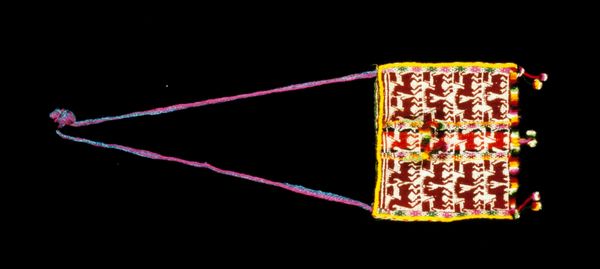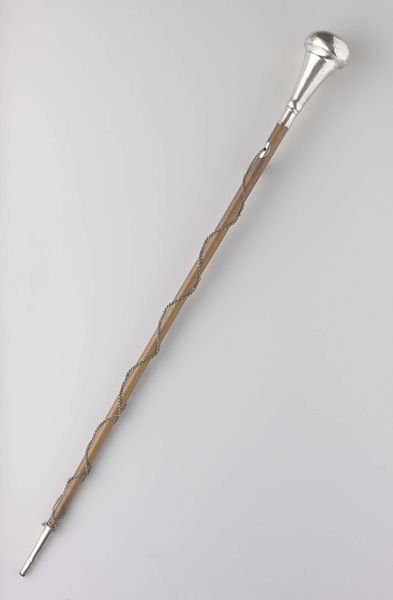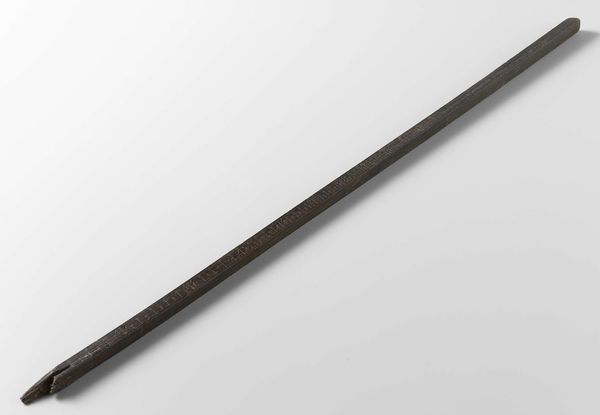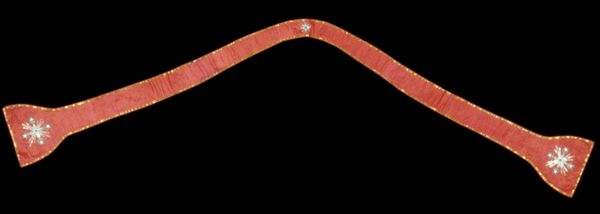
weaving, textile, wood, cotton
#
weaving
#
textile
#
wood
#
cotton
#
islamic-art
#
decorative-art
Dimensions: 69 x 67 in. (175.3 x 170.2 cm)
Copyright: Public Domain
Editor: This is "Camel Trapping," a cotton and wood textile, probably from around 1930 to 1940. It feels really delicate and ornate, like something ceremonial. All the little baubles and tassels make it feel festive. What strikes you about this piece? Curator: The most striking thing is how the entire object seems to map a cosmos. Note how the woven strap acts as an axis, the world tree, from which hangs this carefully structured network of connections. Editor: A world tree? Like in mythology? Curator: Exactly. Think of it: Islamic art often uses geometric patterns to reflect the underlying order of the universe. Do you see how the repeated beads and tassels, like celestial bodies, emphasize rhythmic harmony? And also the concept of cycles? Editor: That makes a lot of sense. So, “Camel Trapping” isn't literal? Curator: Not in the obvious sense. "Trapping" might instead allude to attracting or capturing good fortune, prosperity, or even spiritual enlightenment. What cultural memories do these materials suggest to you? Editor: Well, the cotton and weaving remind me of trade routes. The beads maybe status or wealth…It really transforms how I see it. It is both functional, perhaps a very decorative piece, but more symbolic and loaded than I initially understood. Curator: Indeed. Everyday materials become potent carriers of meaning when interwoven with intention and cultural context. Editor: I’m seeing how just a title can point you toward a completely different reading of a piece, opening up layers of symbolism. Curator: Precisely. A title is itself a symbol.
Comments
No comments
Be the first to comment and join the conversation on the ultimate creative platform.













